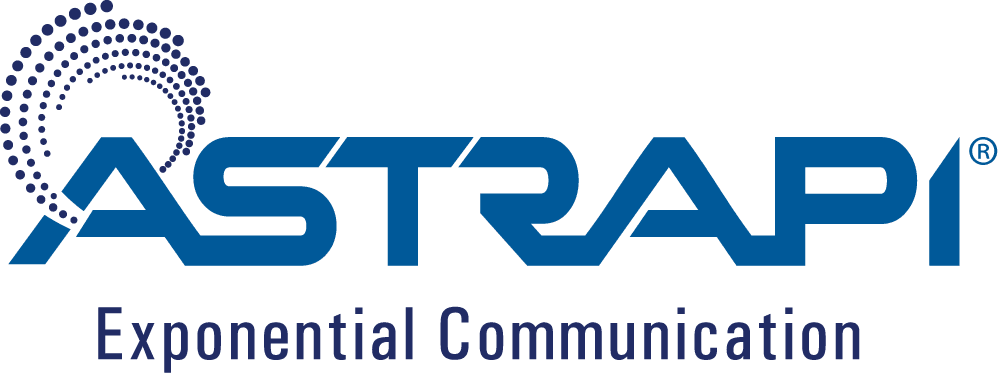Spiral Modulation
Astrapi® technology is based on dramatically increasing spectral efficiency through the transition from periodic to non-periodic signal modulation. The traditional theory of information channel capacity is based on Shannon’s law, which proves that channel capacity is fully determined by the available bandwidth and the signal-to-noise power ratio. However, Shannon’s proof implicitly assumed that signals are built from periodic functions. By extending Shannon’s law to cover bandlimited non-periodic signals, Astrapi proved that it is possible to “trade silicon for spectrum” by using computational power to drive up channel capacity. This is not possible with existing “plain old periodic” signal modulation techniques, which are governed by the original form of Shannon’s law.
Astrapi makes use of a new generalization of Euler’s formula, the foundational mathematics for the telecommunications industry. By extending Euler’s formula from circles to spirals in the complex plane, Astrapi was able to put non-periodic signal modulation on a firm theoretical basis. The result is the transformative “spiral-based signal modulation”, for which Astrapi holds foundational IP.
Unlike all other alternatives, Astrapi is able to distinguish signals in six ways. In addition to phase, frequency and amplitude, Astrapi now provides growth rate, rotational reversal and time reversal. This enables Astrapi to enhance communications in ways that are not otherwise possible.
How It Works
 Based on a new generalization of Euler’s formula, the foundational mathematics for the telecommunications industry, Astrapi has the ability to engineer signals as the sum of complex spirals. This unleashes, for the first time, the ability to fully exploit the capabilities of a continuously non-stationary spectrum. Classical channel capacity theory contains, in the proof of the sampling theorem, an implicit assumption that the spectrum is at least approximately stationary. By violating this assumption, Spiral Modulation creates the opportunity to bypass the Shannon-Hartley law, the previous upper limit for spectral efficiency. A recent peer-reviewed journal article on our technology:
Based on a new generalization of Euler’s formula, the foundational mathematics for the telecommunications industry, Astrapi has the ability to engineer signals as the sum of complex spirals. This unleashes, for the first time, the ability to fully exploit the capabilities of a continuously non-stationary spectrum. Classical channel capacity theory contains, in the proof of the sampling theorem, an implicit assumption that the spectrum is at least approximately stationary. By violating this assumption, Spiral Modulation creates the opportunity to bypass the Shannon-Hartley law, the previous upper limit for spectral efficiency. A recent peer-reviewed journal article on our technology:

